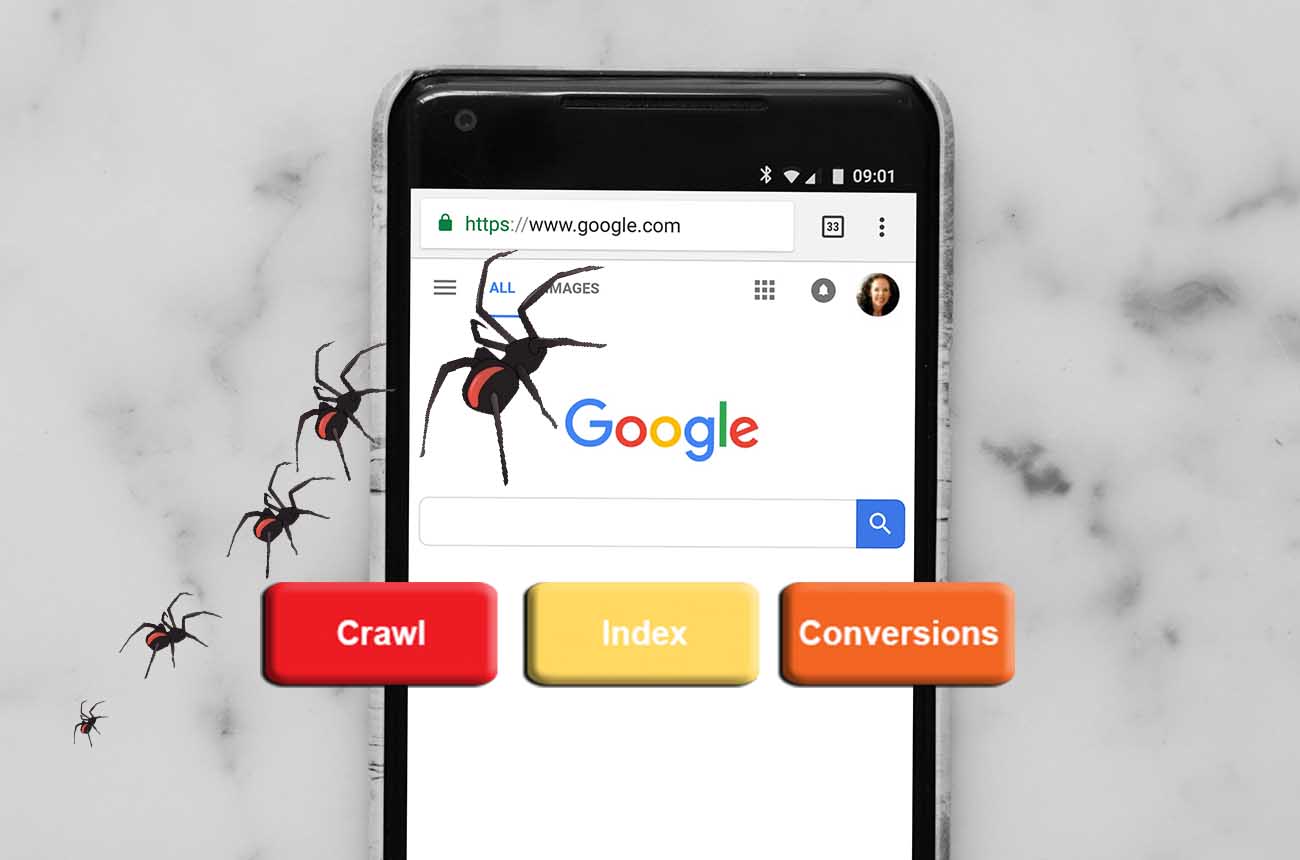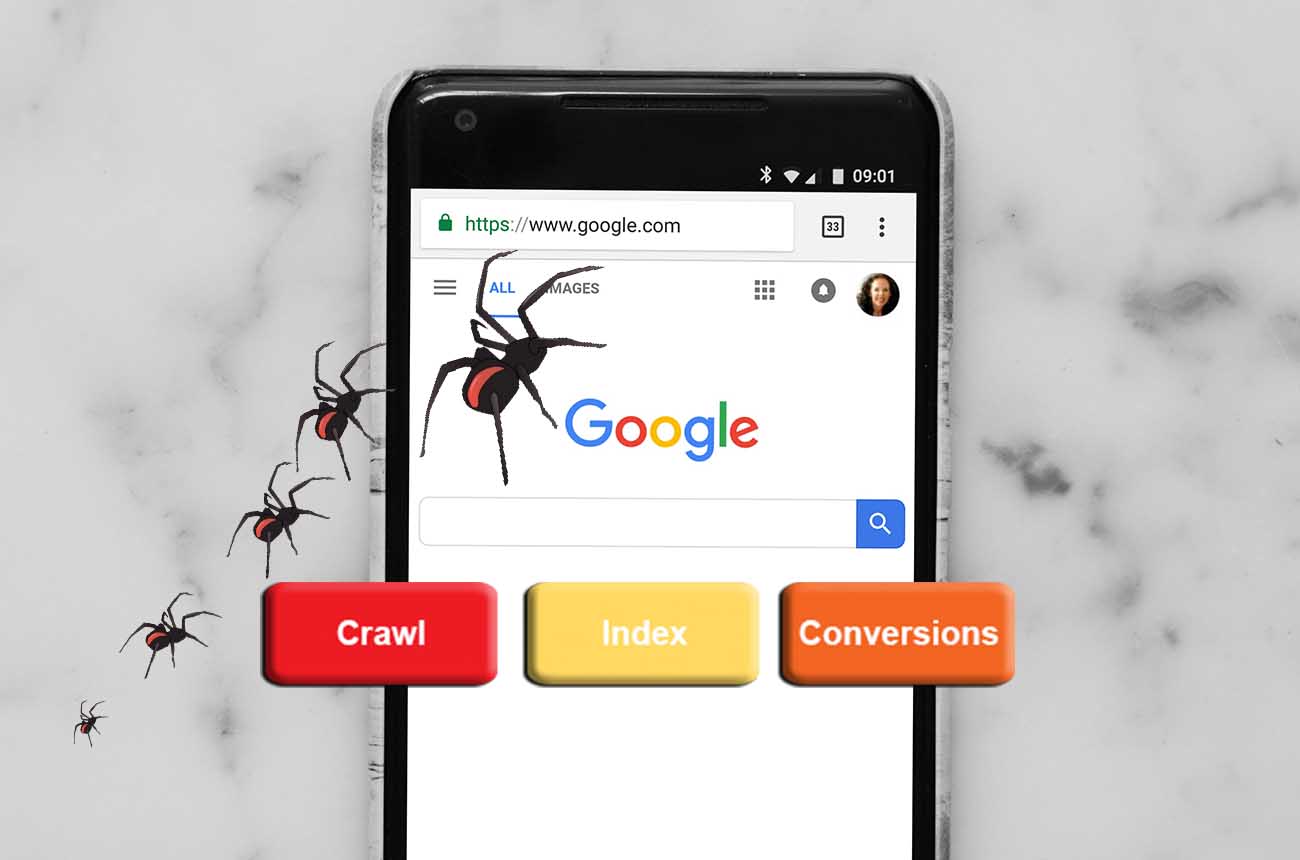For website owners and digital marketers, getting content noticed by search engines is crucial to driving traffic and engagement. A fundamental part of this process is ensuring that Googlebot, Google’s web-crawling bot, regularly visits and indexes your pages. While you can’t literally force Googlebot to crawl your site on demand, there are strategic methods to encourage more frequent visits. In this article, we’ll explore various tactics you can employ to enhance the likelihood of Googlebot taking notice of your site, including optimizing your site structure, utilizing sitemaps, and engaging with Google Search Console tools.
Can You Force Googlebot to Crawl Your Page?
Attempting to control Googlebot’s crawling schedule is a common concern for website owners looking to expedite the indexing of specific pages. While you cannot outright force Googlebot to visit your page on demand, there are several strategies to influence its behavior effectively. Understanding these methods can greatly help in optimizing your site’s presence in search rankings.
Understanding Googlebot’s Crawling Process
Googlebot is a web crawler utilized by Google to systematically browse the internet and update Google’s index. Understanding how this process works is crucial. Googlebot uses sitemaps and links to discover and navigate pages on the web. The frequency and depth of its crawl are determined by algorithms that evaluate signals of a page’s relevance, structure, and update frequency.
Utilizing Google Search Console to Signal Googlebot
Google Search Console is a useful tool to inform Googlebot of changes to your site. One feature, the URL Inspection Tool, allows you to request indexing for URLs. While this doesn’t guarantee immediate action, it alerts Google that you believe this content is important enough for crawl consideration. It’s a method to nudge Googlebot without a direct force.
Importance of Sitemaps in Crawl Requests
Sitemaps act as a guide for search engine bots. By submitting a sitemap through Google Search Console, you can ensure Googlebot is aware of all the pages on your site for potential crawling. Regularly updating your sitemap after making significant changes and resubmitting it can increase the chances that Googlebot will revisit your site and index new or updated content more quickly.
Impact of Page Speed and Content Updates on Crawling
Optimizing your page speed and regularly updating content can influence Googlebot’s crawling behavior. Google prefers sites that load quickly and provide fresh, relevant content, often resulting in more frequent crawls. Enhancing these aspects of your site not only benefits user experience but signals Googlebot that your site is active and noteworthy.
Role of Backlinks in Encouraging Googlebot Visits
Backlinks can serve as invitations for Googlebot to visit your site. High-quality links from reputable websites increase the chance of Googlebot visiting and re-evaluating your content. When Googlebot crawls other popular sites linking back to yours, it might follow those links to your pages. It’s essentially a way to vouch for your content’s relevance and authority, encouraging more frequent crawls.
| Strategy | Detail |
|---|---|
| Google Search Console | Use the URL Inspection Tool to request indexing of your page, signaling needs for a crawl. |
| Sitemaps | Submit or update your sitemap to ensure Google is aware of your site’s structure and changes. |
| Page Speed and Content | Optimize for faster load times and regularly update content to improve crawl frequency. |
| Backlinks | Acquire high-quality backlinks to encourage crawls via external site references. |
While you cannot directly force Googlebot to crawl your page, these strategies collectively help encourage more frequent and prioritized crawling. Leveraging tools effectively and enhancing site features are key methods in attracting Googlebot’s attention.
How to trigger Google crawler?

To effectively trigger the Google crawler, businesses and webmasters can employ several strategies to ensure their site gets indexed and ranked appropriately on Google Search. Here’s a detailed guide on how to do that:
Submit Your Website to Google Search Console
Submitting your site to Google Search Console is fundamental for triggering the Google crawler. This tool helps you monitor, maintain, and troubleshoot your site’s presence in Google Search results.
– Access Google Search Console: Go to the Google Search Console website and log in with your Google account.
– Add a New Property: Click on Add Property and enter your website’s URL to create a new property.
– Verify Your Site: Follow the Google instructions to verify that you own the website. This often involves adding a HTML tag to your site’s homepage or uploading an HTML file.
Create and Submit a Sitemap
A sitemap helps guide the Google crawler to the significant pages of your website, making the indexing process more efficient.
– Generate a Sitemap: Use tools like Yoast SEO for WordPress or XML-sitemaps.com to create an XML sitemap.
– Submit the Sitemap to Google: Once generated, submit the sitemap in Google Search Console under the Sitemaps section.
– Regularly Update the Sitemap: Ensure the sitemap is updated whenever new content is added, which can trigger Google to revisit your site.
Enhance Website Content for Better Crawling
Boosting your website’s content quality can help make it more attractive to Google’s crawler by emphasizing relevance and keyword significance.
– Add Fresh Content: Regularly update your site with fresh, relevant, and high-quality content.
– Optimize Titles and Descriptions: Ensure that meta titles and descriptions are optimized with relevant keywords.
– Improve Internal Linking: Utilize internal links to connect related content, helping the crawler navigate your site more effectively.
Why is Google not crawling my website?

Google not crawling your website can be attributed to several factors. Below are three possible reasons why this might be happening.
1. Technical Issues with Your Website
– Server Errors: Googlebot may face server errors when trying to crawl your site. This could be due to temporary server downtime or issues with server configuration.
– Improper Web Structure: If your site’s structure is not optimized, Googlebot might face difficulties in navigating and understanding your pages.
– No Index Tags: Mistakenly using the noindex meta tag on your pages will instruct search engines not to include them in search results.
2. Problems with Your Robots.txt File
– Blocking Instructions: Check if your robots.txt file unintentionally blocks Googlebot from accessing important parts of your site.
– Improper Syntax: Incorrect syntax in the robots.txt can lead to unintentional blocking of pages.
– Lack of Updates: Failing to update your robots.txt file after site changes can prevent new content from being crawled.
3. Low-Quality or Duplicative Content
– Thin Content: Pages with insufficient content may not be deemed worthy of crawling and indexing by Google.
– Duplicate Material: If there is a lot of duplicate content on your site, Google may ignore these pages in favor of original content elsewhere.
– Lack of Fresh Content: Not providing new and valuable content regularly can result in limited crawling activity as Googlebot focuses on fresh and relevant pages.
Frequently Asked Questions
Can You Force Googlebot to Crawl Your Page Immediately?
While you can’t force Googlebot to crawl your page immediately, as Google’s algorithms are designed to determine the best time to index content, you can certainly take steps to encourage a more timely crawl. By submitting a request through the Google Search Console using the URL Inspection Tool, you can alert Google to changes on your page. However, it’s important to note that while this may expedite the process, it doesn’t guarantee an immediate crawl. Google’s crawling schedule is determined by numerous factors, including the page’s relevance and updates along with existing crawl patterns.
How Can You Encourage Googlebot to Crawl Your Website More Frequently?
To increase the frequency with which Googlebot crawls your site, you should focus on regularly updating content and improving web performance. Quality backlinks can also be beneficial, as they increase your site’s credibility, potentially prompting Google to visit your pages more often. Additionally, ensure your site is properly optimized by following SEO best practices, like having a clean, navigable structure, and using a sitemap to guide crawlers. Fast-loading pages are another incentive for Googlebot to crawl more frequently, as they are appraised positively in Google’s ranking algorithms.
What Role Does a Sitemap Play in Googlebot Crawling?
A sitemap acts as a guide to all the important pages of your website, highlighting those you consider essential for indexing. By submitting a sitemap to Google Search Console, you provide Googlebot with an explicit layout of your site’s structure. This helps Google’s crawler efficiently navigate complex websites and ensure that all vital pages are appropriately indexed. While having a sitemap does not guarantee increased crawl frequency, it certainly facilitates a more thorough and organized crawling process by prioritizing significant pages.
What are the Limitations of Controlling Googlebot’s Crawl Behavior?
Even though there are several techniques to influence Googlebot’s crawl behavior, control over the process is inherently limited. Factors like crawl budget and Google’s internal algorithms primarily dictate when and how often your pages are crawled. These are based on the value, relevance, and performance of your content in the context of the wider web. Google employs a sophisticated system to manage its resources effectively, to which individual webmasters have indirect influence mostly through content quality and SEO practices. Hence, while you can optimize your efforts to make your site more crawlable, some aspects will remain outside your control.

